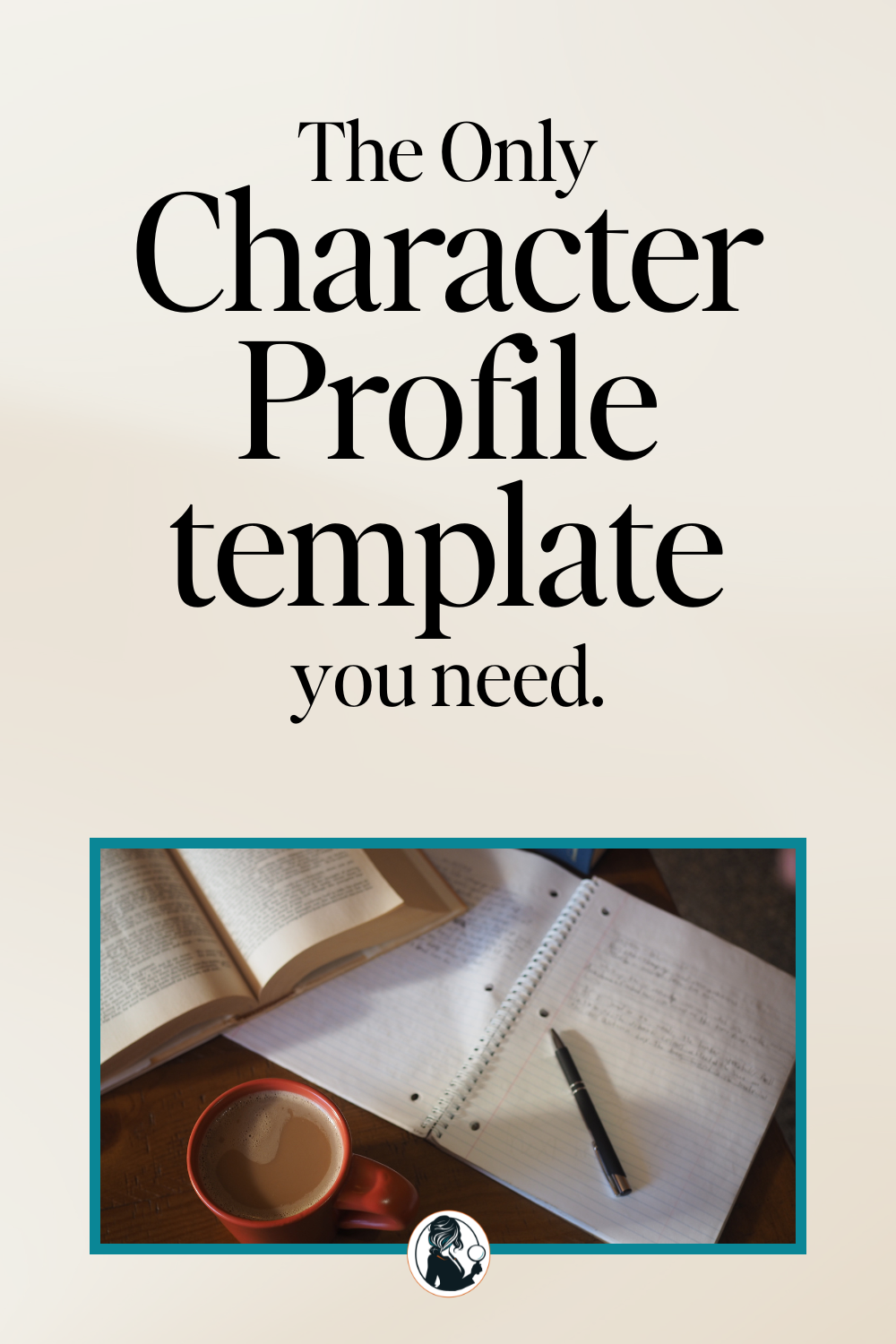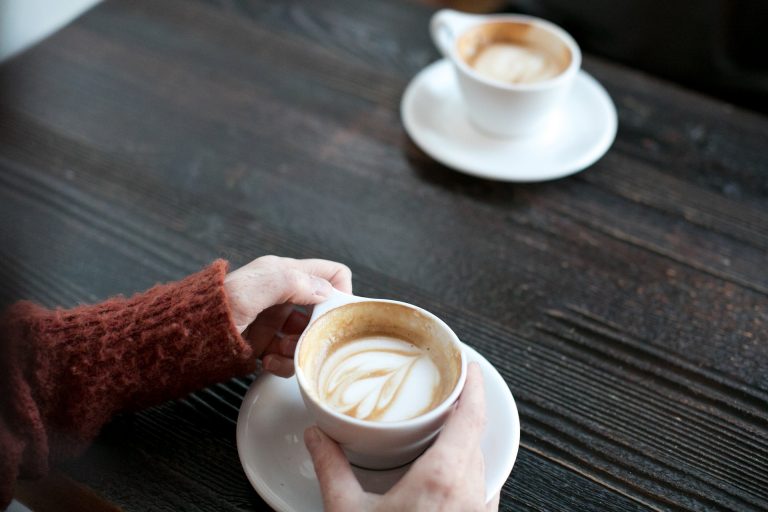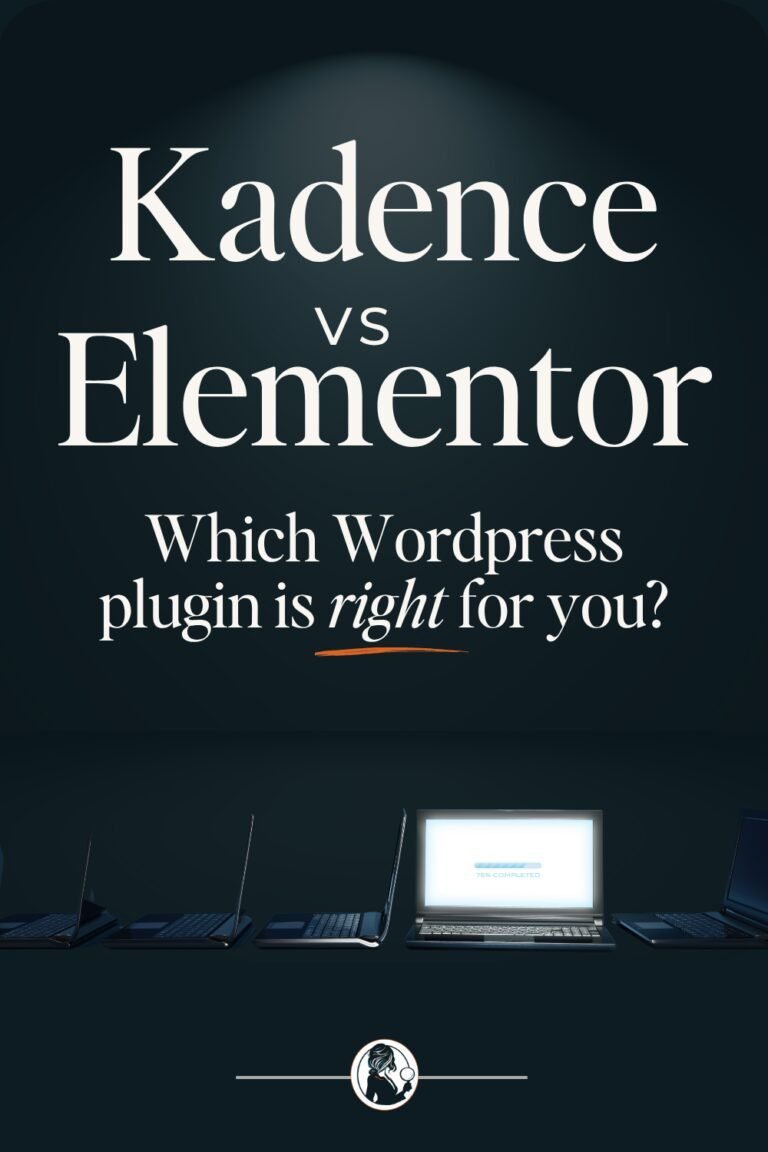The Only Character Profile template You Need
Have you ever read your book while in edit mode only to realize that Mary’s eyes turned from brown to blue at some point? Or was she miraculously born in two different towns? Keeping all the details together for your character can make the difference in keeping clean characterization and details in your work in progress (believe me, readers will notice.)
Or perhaps you’re a plotter like me, and you love to plan out each character, who they are, and how they think (and also, like me, your memory is more a sieve than a steel trap), and you need a place to write down all of your thoughts and dreams and disasters planned for them. That requires a Character Profile.
This becomes even more important when you’re working on a series. Having a document to remind you that your character hates coffee when they stroll into the coffee shop in book 2, 3, or 10 helps build consistency and trust with your readers.
You need a Character Profile
This Character Profile template is part of my Work in Progress notebook, where you can keep all the details of your book, from plot planning to characters. But if all you’re looking for is the character details, this post is for you.
What is a character profile? In my experience, it serves two purposes:
First, it helps document the choices you make for your character (or they make for themselves… I mean, we’ve all been there when a character changes your mind.)
Second, it helps you consider your character like a real human being. Part of a character arc is understanding the moments and traits that create your character. One of my favorite workshops I attended from the amazing agent Donald Maass stuck a phrase in my head that reminds me of the need for a character profile every time. That phrase: What else can you take away?
Why does this matter? If you don’t know your character well, you miss out on the things you can shift in your story to add conflict to their journey. It could be as simple as a key chain that they keep on their keys because it was something your heroine’s mother gave her as a child. But if you don’t take time to think through, for example, the fact that your heroine’s mother died when she was young and maybe losing that keychain would be a significant blow to her. Understanding how to add depth to experiences, moments, and motivations helps you build a character with depth.
How much detail should you have?
I’ve seen character profiles that include over 100 different fields. But at some point, you have to balance between having a character profile that keeps you consistent against using the dozens of fields to keep you focused on filling this profile out instead of writing your story. A character profile should be simple to maintain and easy to build and add to as you gain more knowledge and write your characters more. Then, you can determine what other fields might be important to your story and add them to the list.
Basic categories to think through
This profile breaks down the character into a few categories:
- Name and Books
- Physical Appearance
- Basic Details
- Family and Social Ties
- GMC (Goals, Motivations, and Conflicts)
- Book Excerpts
The questions to ask
If you prefer to build your own, here are the basic questions asked. You can easily copy and paste this character profile list below and drop it into any document.
Want to send this to your inbox to save for later? Drop your email at the bottom of this page to send this right to your email. And receive both a Google Doc link and a Notion template you can use.
Character Name & Books/Series
- Character Name:
- Nicknames:
- Books Included:
- Role:
Physical Appearance
- Hair Color:
- Eye Color:
- Height:
- Weight:
- Skin ColorType:
- Birthmarks:
- Posture/Shape:
- Dominant Hand: Left | Right
- Fashion/Style:
- Health:
- Other Identifying:
Character Inspiration:
Is there an inspiration for this character? Drop an image in here:
Basic Details (Demographics +)
- Age:
- Birthdate:
- Gender:
- Birthplace:
- Race/Nationality:
- Marital Status:
- Education:
- Titles or Degrees:
- Current Residence:
- Own/Rent/other?
- Language(s):
- Financial Status:
- Allergies:
- Dislikes/likes (food, etc):
Family & Social Ties
Significant Relationships (important to the Character’s Journey) – add details and which book(s) this part of the story moves forward.
- Mother:
- Father:
- Sibling(s):
- Sibling(s):
- Children:
- Other Key Family relationships:
- Friends:
Goals, Motivations & Conflict (GMC)
- What events have affected your character and how?
- Introvert or Extrovert?
- How does that impact their actions?
- Positive Traits
- Negative Traits
- Goals at the start of the novel (What do they want?)
- What do they need?
- Internal Conflicts:
- External Conflicts:
- What is one fear that affects them in this story?
- What is something they are known for?
- Other Notes:
Excerpts / Mentions in Book(s)
Copy and paste description paragraphs or significant moments you want to remember here. Believe me, the way you write a specific phrase or have another character describe this character comes in handy.
Book:
Page #:
Excerpt:
Looking to go deeper with understanding your character? Discover the types of character arcs and how to build one for your characters (including your antagonists.)
The Keep-Everything-In-One-Place Notebook
Every book has details. And every writer, no matter how you write, has to keep track of them. You don’t need fancy software. This Notebook is the place to hold everything you need to work on your novel.
In the format you prefer:
- Print it in PDF.
- Get in an a Word doc.
- Purchase a bound notebook.









Hey, the top photo is ai btw